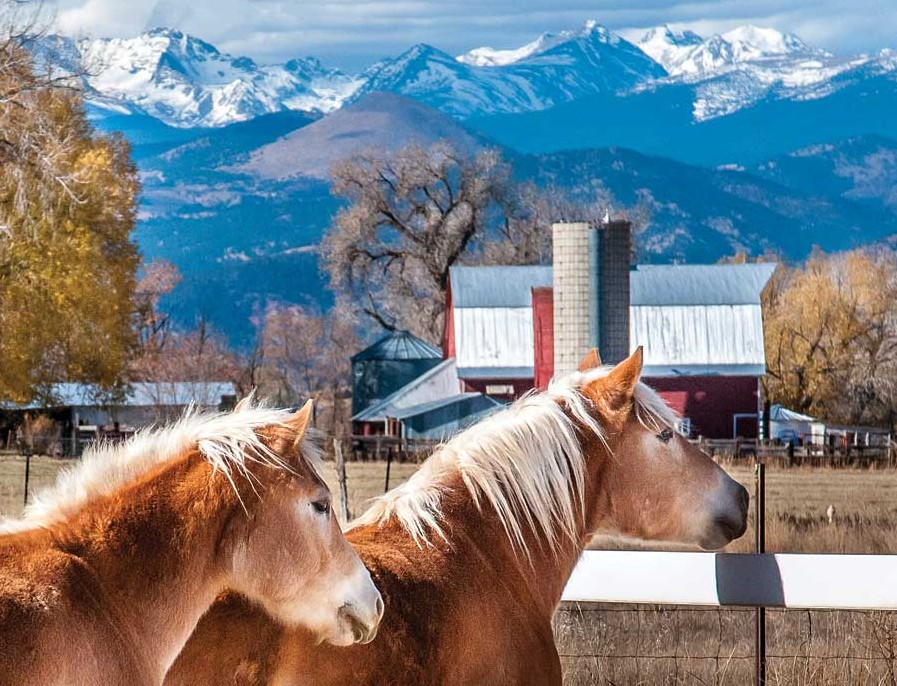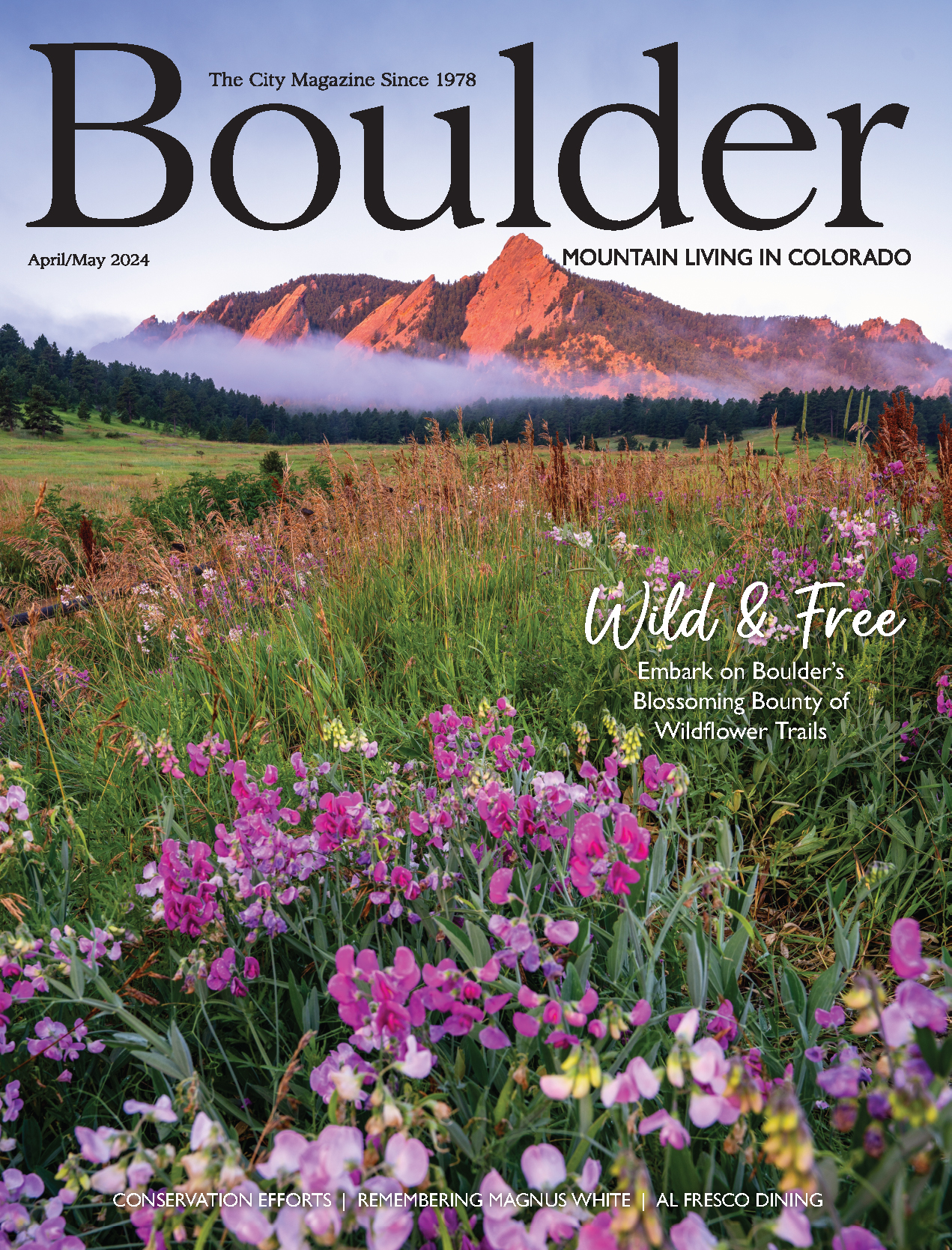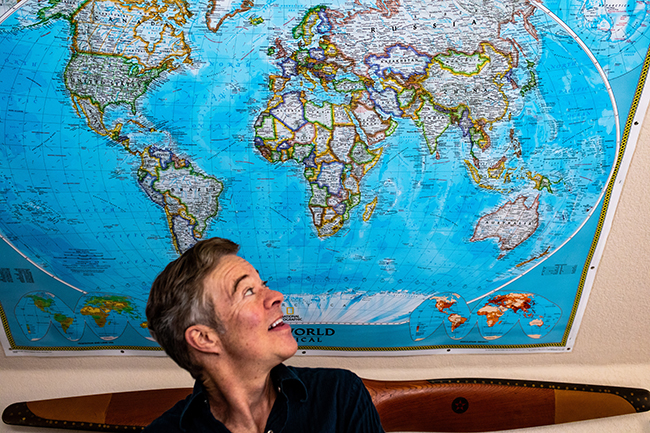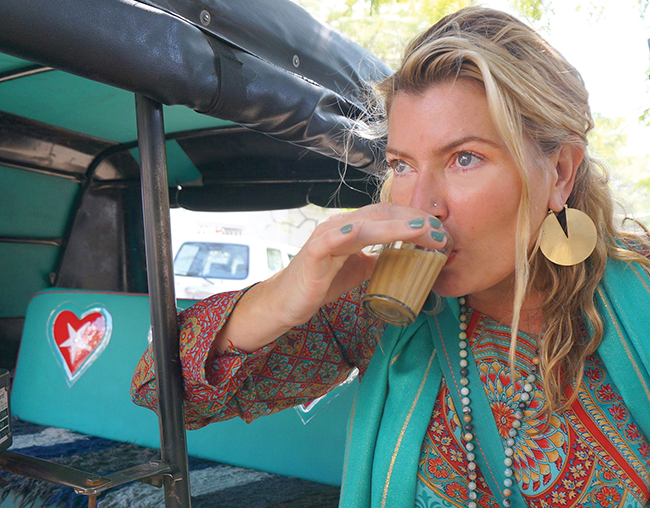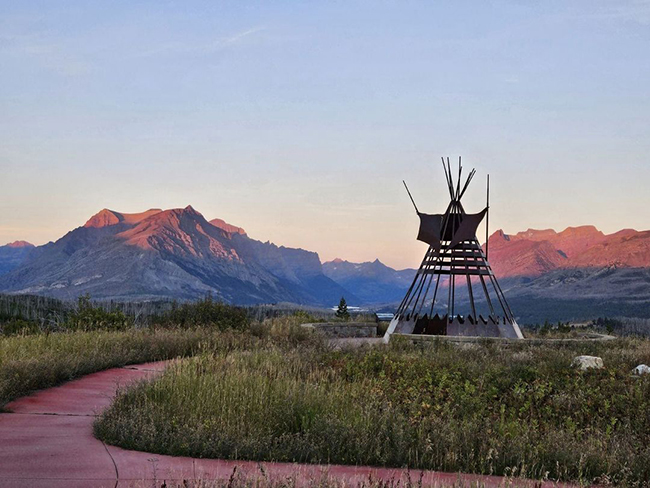John Weller illuminates crucial conservation issues around the world
31 Aug 2015
'I Am a Storyteller'
John Weller was scuba diving in an ice cave under Antarctica’s Ross Sea, loaded with photography equipment. Already on a risky assignment in below-freezing water, Weller couldn’t know that this would likely be the most dangerous shoot of his career. “Suddenly, it felt like a hammer slammed into the back of my head and a jet engine roared to life in my skull,” Weller recounts in his 2013 book The Last Ocean. As he came to his senses, he realized that he was lying on the sea floor while a thousand-pound Weddell seal hovered over him. Weller’s scientist friends later hypothesized that the seal had “blasted” him with a call as forceful as a grenade.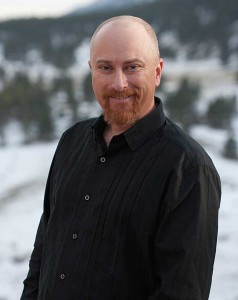 Just another day at the office for Weller.
“I am a storyteller,” Weller, 41, says modestly of his work. “What I try to do is use storytelling to illuminate important issues in the world, and specifically issues about conservation.” From Colorado’s Great Sand Dunes to Indonesia’s marine protected areas, he uses photography, words and video to tell the world about places and people that need protection.
As for Weller’s own story, the theme might best be described by the old adage about good luck: It comes to those who are prepared. Growing up in Boulder, Weller was fortunate enough to have mentors from a young age. One was Perry Conway, an accomplished local photographer and conservation educator who has given programs to an estimated 2 million students, including one Johnny Weller.
After graduating from Boulder High, Weller earned an economics degree from Stanford. He soon decided to turn his efforts toward photography full time, and “the first person I called was Perry.” Conway introduced him to award-winning fine art photographer (and CU graduate) William Neill. Weller apprenticed with Neill for two years in Yosemite.
“He’s a gifted artist that is making a difference in the world,” says Neill, who himself worked for Ansel Adams. “I shared many stories about Ansel with John, and the history of conservation photography, and he applied himself, to say the least.”
Just another day at the office for Weller.
“I am a storyteller,” Weller, 41, says modestly of his work. “What I try to do is use storytelling to illuminate important issues in the world, and specifically issues about conservation.” From Colorado’s Great Sand Dunes to Indonesia’s marine protected areas, he uses photography, words and video to tell the world about places and people that need protection.
As for Weller’s own story, the theme might best be described by the old adage about good luck: It comes to those who are prepared. Growing up in Boulder, Weller was fortunate enough to have mentors from a young age. One was Perry Conway, an accomplished local photographer and conservation educator who has given programs to an estimated 2 million students, including one Johnny Weller.
After graduating from Boulder High, Weller earned an economics degree from Stanford. He soon decided to turn his efforts toward photography full time, and “the first person I called was Perry.” Conway introduced him to award-winning fine art photographer (and CU graduate) William Neill. Weller apprenticed with Neill for two years in Yosemite.
“He’s a gifted artist that is making a difference in the world,” says Neill, who himself worked for Ansel Adams. “I shared many stories about Ansel with John, and the history of conservation photography, and he applied himself, to say the least.”
Becoming an Artist
In 2000, Weller got a group of photos exhibited at NCAR. When “the right person walked by that show,” Weller made his first big (as in five-figure) sale of a collection of his photos. He was officially an artist. His mentor Conway’s advice rang in his ears: “You have to move home, because you won’t be able to do this, become an artist, anywhere but from where you grew up. You have to start it with the support of your family and friends.” So Weller moved into his parents’ Boulder basement. A trip to Great Sand Dunes National Monument gave him the inspiration he needed. The dunes would be his next big project. Weller spent the next three-and-a-half years shooting sand, shooting sky, shooting light. Shooting tracks. Shooting ice. The resulting book, Great Sand Dunes: Between Darkness and Light, came out in 2004, the same year Congress upgraded Great Sand Dunes from a national monument to a national park.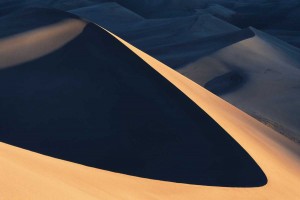 Then Weller’s Great Sand Dunes photos were displayed at the National Museum of Wildlife Art in Jackson Hole, Wyo. The right person walked by that show, too, and Weller made his next big sale. The money gave him what he needed to pursue a project in the Ross Sea, an issue he had learned about from another Boulder friend. He gathered an advisory board of scientists, raised money, learned to dive and spent parts of the following four years in Antarctica, shooting and writing The Last Ocean.
Weller, who is a Pew Fellow in marine conservation, isn’t just concerned about taking pictures of pretty places. “Antarctica is our last real chance to preserve something intact in the oceans,” he says. “That’s a pretty profound statement—that we’re down to this last place. We’ve had a massive effect on, if not destroyed, the rest of the oceans. If we can get our act together and collaborate to protect Antarctica and protect the Ross Sea, that is the keystone, the linchpin, to saving our oceans.” Weller and his wife, marine scientist Cassandra Brooks, were so moved by their experiences in Antarctica that they named their daughter Adelie—like the Adélie penguin.
Then Weller’s Great Sand Dunes photos were displayed at the National Museum of Wildlife Art in Jackson Hole, Wyo. The right person walked by that show, too, and Weller made his next big sale. The money gave him what he needed to pursue a project in the Ross Sea, an issue he had learned about from another Boulder friend. He gathered an advisory board of scientists, raised money, learned to dive and spent parts of the following four years in Antarctica, shooting and writing The Last Ocean.
Weller, who is a Pew Fellow in marine conservation, isn’t just concerned about taking pictures of pretty places. “Antarctica is our last real chance to preserve something intact in the oceans,” he says. “That’s a pretty profound statement—that we’re down to this last place. We’ve had a massive effect on, if not destroyed, the rest of the oceans. If we can get our act together and collaborate to protect Antarctica and protect the Ross Sea, that is the keystone, the linchpin, to saving our oceans.” Weller and his wife, marine scientist Cassandra Brooks, were so moved by their experiences in Antarctica that they named their daughter Adelie—like the Adélie penguin.
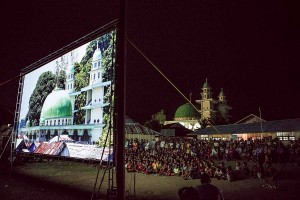
Learn more about John Weller and see more photographs at www.johnbweller.com, or visit him during Boulder Open Studios in October. See a teaser of Weller’s film, Guardians of Raja Ampat, at vimeo.com/88818434. For more about the film, go to www.theoceanvoice.org.
Mary Reed is a freelance journalist based in Boulder. She is currently writing Best Easy Day Hikes Fort Collins (Falcon Guides), which will be out in 2016. Learn more at www.maryreed.biz.


